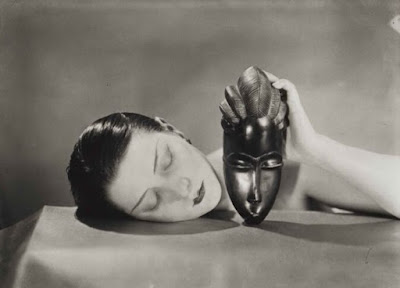Irving Penn (1917-2009) was an American photographer known for his innovative approach to fashion, portrait, and still-life photography. He is considered one of the most influential photographers of the 20th century.
Born on June 16, 1917, in Plainfield, New Jersey, Penn
developed an early interest in art and studied at the Philadelphia Museum
School of Industrial Art (now the University of the Arts) from 1934 to 1938.
After completing his studies, he worked as an assistant at Harper's Bazaar
magazine, where he gained experience in fashion photography and developed his
distinctive style.
Penn's career flourished when he joined Vogue magazine in
1943. He worked there for several decades, producing numerous iconic images
that pushed the boundaries of fashion photography. He often employed a minimalist
approach, using simple backdrops and natural light to emphasize the subject.
Penn's portraits were known for their elegance, simplicity, and the
psychological depth he captured in his sitters.
One of Penn's most famous series is his "Small Trades" project, which he worked on between 1950 and 1951. In this series, he photographed workers from different professions in Paris, London, and New York, highlighting the dignity and pride of individuals in their respective trades.
Penn's work extended beyond fashion and portraiture. He was
also renowned for his still-life photography, capturing ordinary objects in a
way that transformed them into captivating subjects. His meticulous attention
to detail and composition made his still-life images visually striking and
thought-provoking.
In addition to his commercial work, Penn pursued personal
projects and exhibited his photographs in prestigious galleries and museums
around the world. His photographs have been collected by major institutions,
including the Metropolitan Museum of Art and the Museum of Modern Art in New
York City.
Irving Penn's contributions to the field of photography
earned him numerous accolades throughout his career, including the Prix de
Photographie from the French Ministry of Culture, the Gold Medal for
Photography from the National Arts Club, and the Centenary Medal from the Royal
Photographic Society in London. He passed away on October 7, 2009, leaving
behind a legacy of remarkable images that continue to inspire and influence
photographers to this day.
Ten questions about Irving Penn:
- When
and where was Irving Penn born?
- Which
publication did Irving Penn work for that significantly influenced his
career?
- What
are some of the distinctive characteristics of Irving Penn's photography
style?
- What
is one of Irving Penn's most famous series and what was its subject
matter?
- Which
other artistic mediums did Irving Penn explore in addition to photography?
- Which
renowned fashion designer did Irving Penn collaborate with extensively?
- What
is the significance of Irving Penn's "Corner Portraits" series?
- What
were some of the honors and awards received by Irving Penn throughout his
career?
- Which
major museums and institutions have exhibited and collected Irving Penn's
photographs?
- When
did Irving Penn pass away and what is his enduring legacy in the field of
photography?




